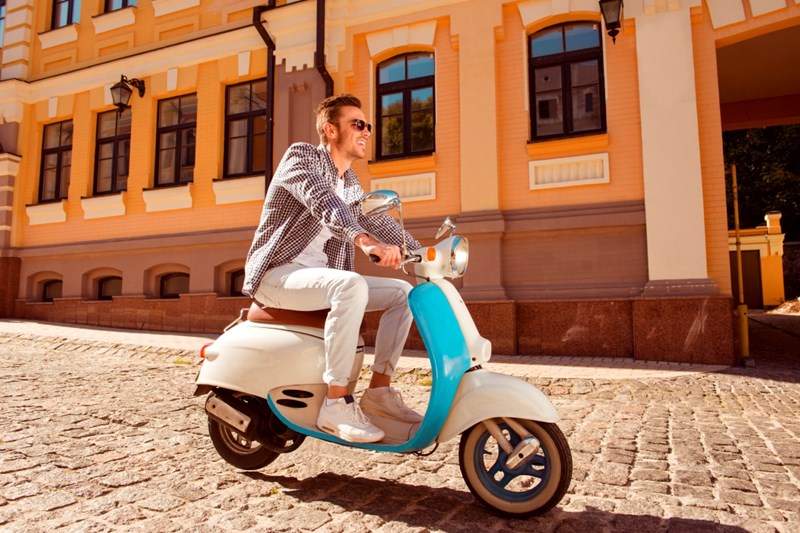Fast Cover Travel insurance does not automatically cover you for riding a motorcycle overseas with a license issued by Motorcycling Australia. If you plan to ride or be a passenger on a motorcycle, moped, or scooter while overseas, you can purchase the Motorcycle Pack as an add-on to your Fast Cover travel insurance policy, provided you are eligible, please refer to the eligibility criteria for Motorcycle Pack in the Product Disclosure Statement (PDS).
Motorcycle Pack add-on is available under our Frequent Traveller Saver policy, Snow Sports policy, Comprehensive policy, Standard Saver policy, and Basic policy. Please note that Motorcycle Pack is not available under our domestic policy.
You must meet the specific licensing requirements for the type of vehicle you intend to ride. If You are the rider in control of a motorcycle, moped or scooter with an engine capacity of 125cc or less, you must hold both a current Australian Drivers Licence (Provisional or higher) (regardless of the local laws) and a licence valid for the country that You are riding in.
If You are the rider in control of a motorcycle, moped or scooter with an engine capacity greater than 125cc, you must hold both a current Australian Motorcycle Licence (Provisional or higher) valid for the same class of motorcycle, moped or scooter (regardless of the local laws) and a licence valid for the country that You are riding in.
Cover under the Motorcycle Pack benefit is subject to the terms, conditions, exclusions, limits, and sub-limits outlined in the Product Disclosure Statement (PDS). It is important that you carefully read and understand these terms to ensure the cover is suitable for your needs. Coverage is only available if eligibility criteria are met, and it is your responsibility to comply with the licensing requirements of the country you are travelling to.
Eligibility criteria, policy terms, conditions, exclusions, limits and sub limits apply. Consider the PDS prior to deciding on which policy is right for you and your needs.
Any advice is general advice only and does not take into account your individual objectives, financial situation, or needs. Please consider the PDS before making any decisions regarding the purchase of travel insurance.
 †
†

 †
†

